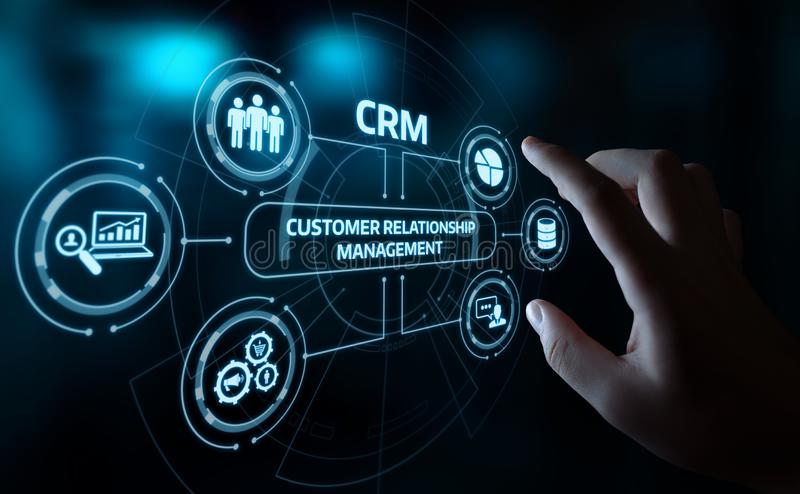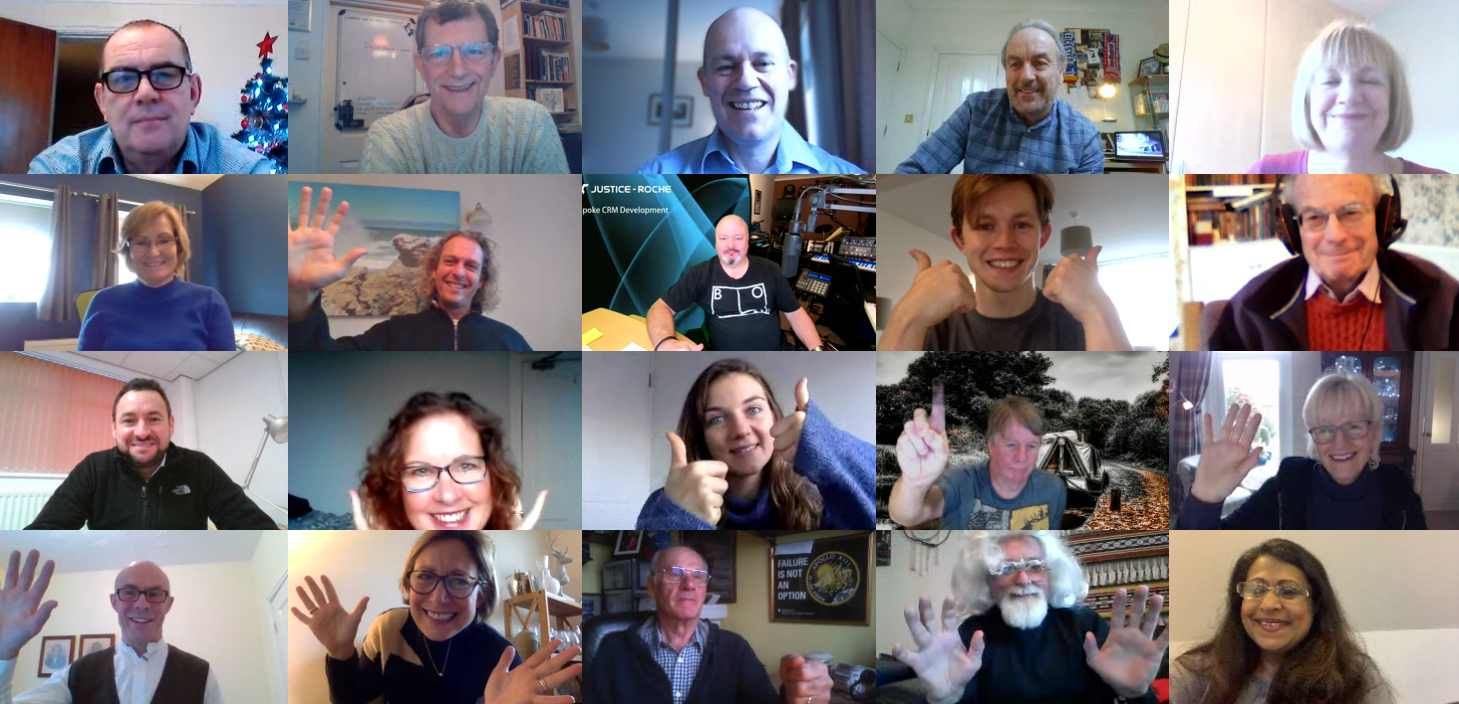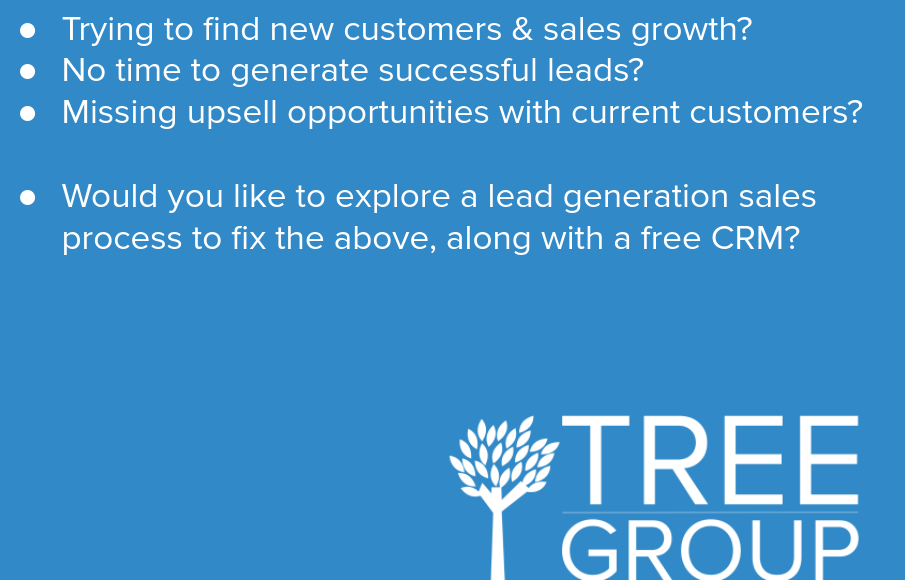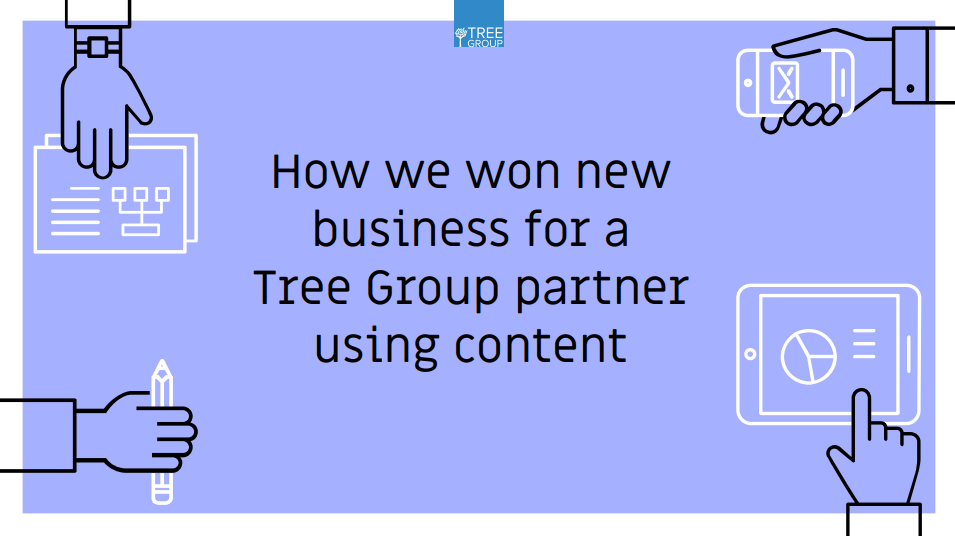So far in our series on automotive website design we've looked at choosing the right website software and the best automotive website design. This time lets cover one of the biggest challenges with web design.
As always you can listen by watching this video or read on...
First, lets list the 7 biggest challenges
- Researching what your ideal customers want
- Planning what your website should deliver
- Knowing what your website (and every page) should show you
- Making your website easy to manage
- Choosing the best website software
- Considerations for a new or updated website
- Roles and responsibilities for a website design project
For points 1 to 6 you can check our previous blog posts on choosing the right website software and the best automotive website design. This time lets cover point 7.
Roles and responsibilities for a website design project
Having worked inside and outside of the automotive industry I can say that one of the biggest challenges and routes to a successful website design project is to have one project leader then to clearly define the roles and responsibilities.
Choosing the right project leader
Choosing the right project leader is important so that one person takes ownership. It should be somebody that is good at working with others, very structured and organised in their approach, and fully committed to the project, i.e. they wanted it to happen and have a vested interest in its success.
If you work with an agency for your website design it's likely they will have a project leader on their side. In this case, I'd also recommend having a project leader on your side.
Listing out your key deliverables
Next you'll want the project leader to list out the key deliverables. It's good to do this as a team effort so you start to involve everybody that will be part of the project. In my experience, it's best for everybody to have a voice rather than one person 'telling' others what to do.
Here's a typical list of key deliverables for you to consider
- Software contract and template purchase
- CMS setup
- Template research
- Template modifications
- Sitemap development
- Website content strategy
- Website content creation
- Content implementation and on-site SEO
- Website build out
- Testing
- Go live
Assigning deliverables
Then you'll want to assign key deliverables to a department or person. This chart is a good example that we use:
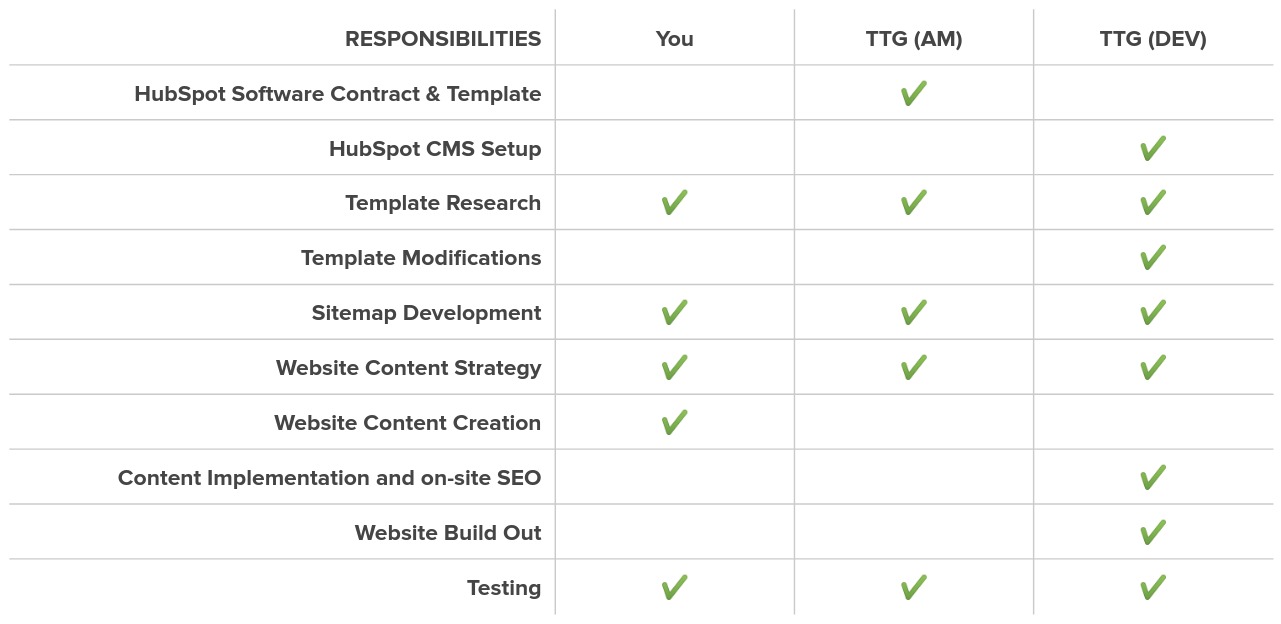
A look a the deliverables in detail
All deliverables are important but for the purpose of this article I'm picking out a few priorities.
Template research and modifications
Branding and image are usually the highest priority for a business owner or department head. Why? Because they're the most visible and companies are incredibly precious about how they look in the marketplace. When you go to a website that is designed well, it just feels right, works well, and gives you a good impression of the business.
Take time to shortlist five of the best template packs that will give you the right framework for the main pages on your website. Then use the web team to modify those templates exactly to your brand and each section of your website such as products, services, news, lead generation etc.
Sitemap development
This is critical. You have to know the flow of your website from the point that somebody arrives then to make it easy for them to be educated on your products and services to eventually become a lead then a customer.
Planning of the sitemap must come before finalising your website design, layout, and templates.
Content strategy and creation
With your sitemap and templates defined, now you can work on your content. Content, sitemap, and templates all have to be considered together, but once that is agreed you need to create content that is fit for purpose and can be displayed correctly on your website. It also needs to work for your ideal customers depending on the most popular devices such as computers or mobiles.
WARNING: Content creation takes time. Don't underestimate the work.
Testing
You'll want to have many stages of testing put into the plan. Don't leave it just to your website team. Get the site tested internally, externally, on different devices, and different user types.
This is a good flow of testing work and who should be involved:
- Internal testing (web team)
- Internal testing (web team + staff)
- Internal testing (web team + staff) + Beta test (external users)
- Go live and continue testing
When selecting your beta test group of external users, go for a cross section of customers, suppliers, and prospects. Choose people in different countries and different devices.
If you've chosen the right website software then you'll be able to take an agile approach and make regular updates based on what works and what needs improving.
Learn more about website design that grows your business








